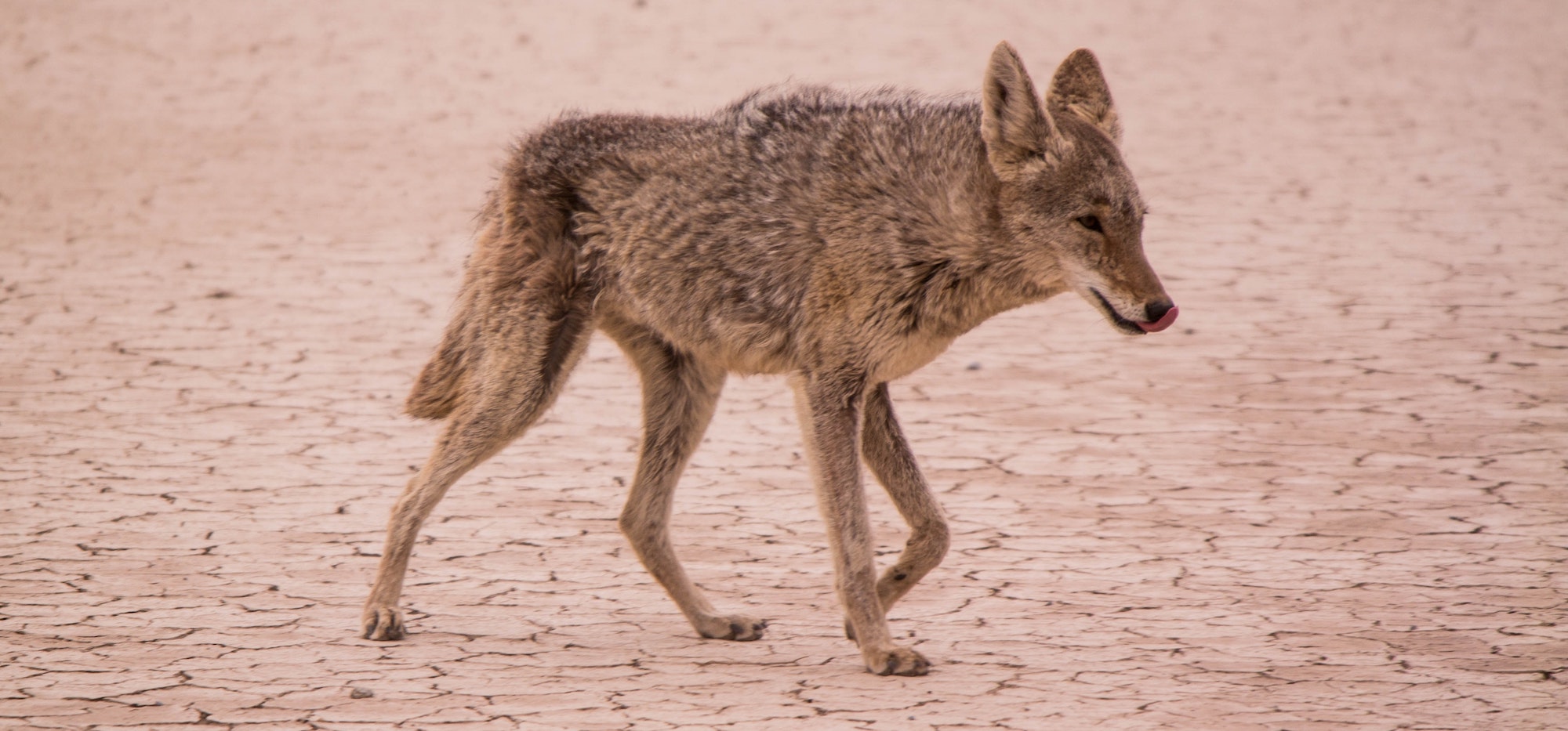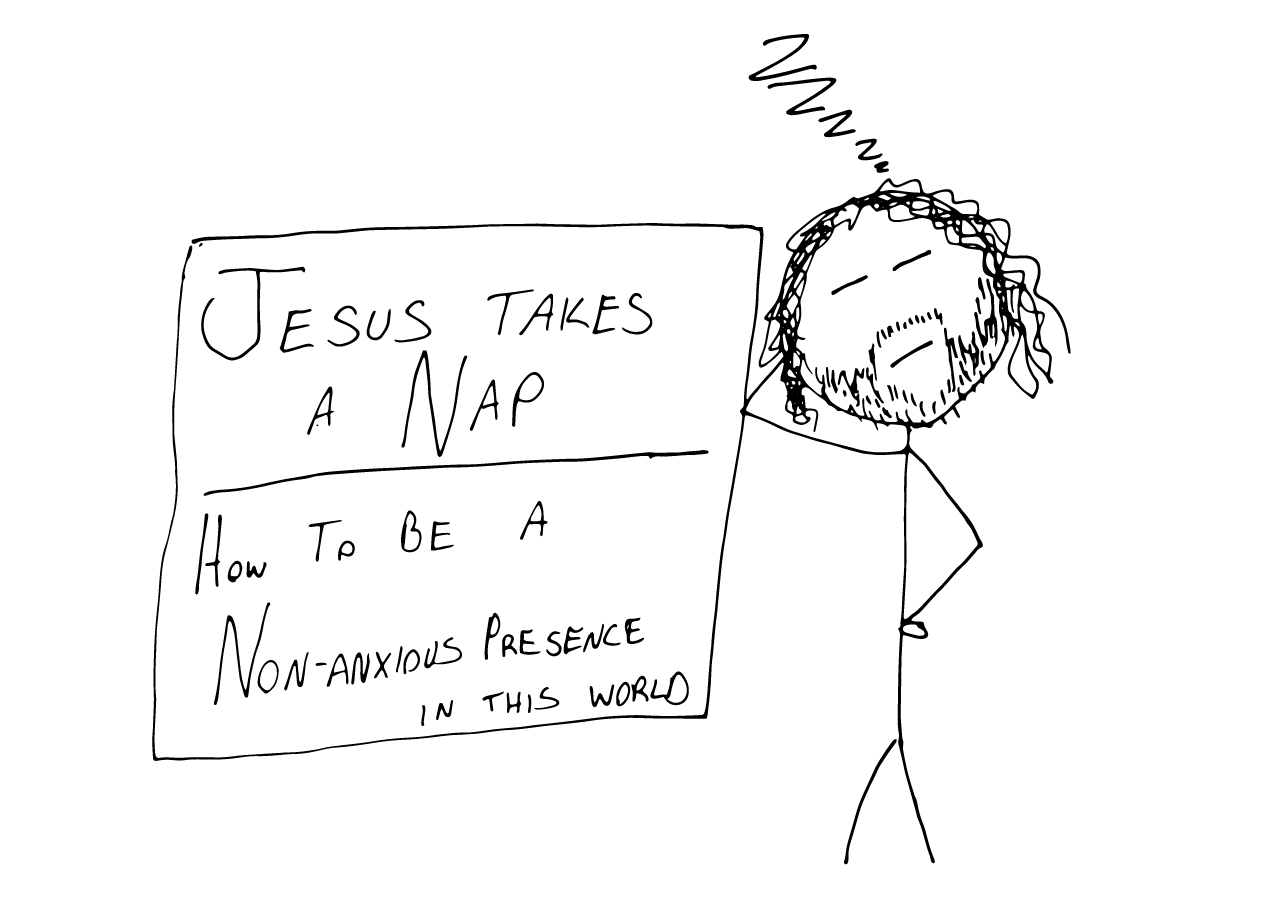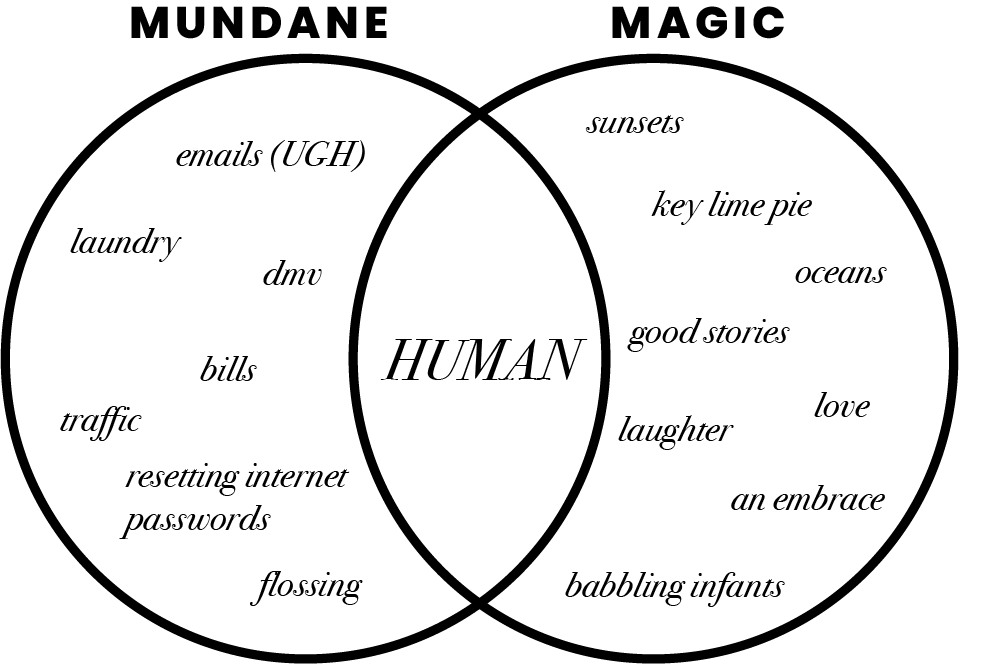The backyard is a fantasy land. Star Wars flights and unicorn rides happen every day. Heroes and princesses summon the courage to fight epic battles. This is the space where imaginations rule and reign. So, when my son insisted on coming inside at sunset because he heard coyotes, I assumed it was a fantasy.
“There is nothing to be afraid of,” I said. But night after night, he refused to stay in the backyard after dark.
A few weeks later, I was on a morning run. As I crossed the street by the neighborhood gas station, I saw a mangy dog galloping along the sidewalk in front of me. Something was off. His hair was unkempt and his figure was too pointy to be a dog. It was a coyote. I stopped running and watched it stroll through my neighborhood. I caught the gaze of a guy driving beside me and we both dropped our jaws. “You saw that too, right?” We asked with our eyes.
In the past two months, people spotted coyotes several times in my neighborhood. On the other side of the Bay, a coyote was linked to five attacks on people.
To understand how weird this is, you need to know I live in the heart of Silicon Valley. Our neighborhood lies between the sprawling GooglePlex and the new Apple spaceship campus. We live within walking distance of a Starbucks, a sushi restaurant, and multiple highways. Here, you are more likely to see a self-driving car than a wild animal.
The Illusion of Safety
This place is domestic and sanitized and ordered. It is safe.
Many of us live with this illusion of safety. We exist in a bubble. That kind of thing would never happen to us. Everything is in control. Stuff happens in the news, but not here. To us.
But then someone shoots up your local grocery store. Or your spouse gets a call from the doctor. The neighbor makes a racist joke in passing. Your co-worker gets caught in a scandal.
Then the truth creeps in, oozing through the cracks in the fences and deadbolts. Crawling around the seatbelts and multivitamins.
There is something to be afraid of.
Our existence is wild. It’s beyond our control. Safety is not guaranteed. Health is not a given. Chaos is strolling through the neighborhood and streets.
The question is, how do we react to this reality?
Alarmist (Everything is a Threat)
Therapist, Dr. Steven Stosny, coined the phrase, “headline stress disorder.” to describe the anxiety and fear that many of us experience from the 24/7 news cycle. It names a reality most of us are already aware of. News doesn’t happen at 6 pm anymore. It happens every moment of every day whenever we open our phones. And it’s stressful. Apple News, Twitter, Facebook, Reddit, YouTube. More content means more competition to grab your attention. How do they get your attention? More clickbait and grabby headlines, more fear and alarm.
It’s easy to succumb to fear. “Look at this world, it’s falling apart at the seams.” We forward the latest insane article and tell our friends, “they say that you can get cancer from drinking tap water…” (it’s always “they”, who is “they??!!”) Everything becomes a threat. Our minds obsess over what is wrong, or the potential hazardous scenarios.
All the while, in many ways, our world is better than it’s ever been. Steven Pinker is the most popular voice to point out the statistics showing how our world is getting better. Extreme poverty is down, child mortality is down, life expectancy keeps increasing, violent crimes and homicides are trending down, global income inequality is going down, wars are on decline, literacy and IQ scores are rising.
Those headlines are not “grabby.” They don’t cause people to rush to the screen, or create a firestorm on Twitter, or make us want to forward them to our social media friends.
The world is wild, yes. Safety is not guaranteed. But when we live in reactivity to our fear, we miss the beauty too. This is not the way to live—fear and panic at every turn.
Avoidance (Escapism)
Another way to react is to avoid scary things.
I have this joke that I perform in my head. When I am in an awkward situation, I cite Jenny from Forrest Gump. For example, if my female coworkers are discussing the current tampon situation in the restroom, in my head I repeat the words of Jenny, “Dear God, make me a bird, so I can fly far, far away from here.” It makes me laugh every time.
This is what many of us want. We dream of living a #vanlife, off the grid and away from it all. We fantasize about opening a surf shop in Costa Rica, with no way of being contacted. Make us birds, so we can fly far away from here.
Usually, we escape and avoid in more subtle ways. We escape down a rabbit hole of TV shows or books. We numb ourselves with foods and drinks. We Zombie-scroll on Instagram and Pinterest. We drown ourselves in work or a hobby or a sport.
This helps for a bit. We can forget the bad and scary things. We can escape and retreat. But, of course, we can’t avoid it forever. We lose touch with reality and end up missing actual life.
The Forgotten Virtue
There is another way to react. It’s old school and not a trendy topic. To react with courage.
To look scary things in the face and refuse to avoid, or refuse to overreact but to persevere and not allow fear to define our life.
I’m afraid we don’t talk about courage enough in our modern times. Maybe because it has become associated with machismo. “Man up.” “Suck it up” “Cowboy up.” Any phrase like this appeals to our ego, more than true courage. Our ego wants to prove to others that we have what it takes or we are not afraid.
When in reality, courage is not a lack of fear. It sees the scary things for what they are. They are real and present. But courage leans on values and principles. It compels us to face the fear.
Nelson Mandela said, “I learned that courage was not the absence of fear, but the triumph over it. The brave man is not he who does not feel afraid, but he who conquers that fear.”
Repeatedly in the Bible, stories tell us to “be strong and courageous.” The presumption is that fear is a given. It can’t be avoided or removed. But we can learn to confront our fears and in pursuit of what we value.
We need this virtue more than ever.
- Courage to not run away when things get tough.
- Courage to confront and speak about injustice.
- Courage to change.
- Courage to try new things.
- Courage to risk and adventure in the wild.
- Courage to be vulnerable to other real people.
- Courage to live by values you believe in.
I was wrong when I told my son there is nothing to be afraid of. There are coyotes in the neighborhood. Cancer across the street. Hate in hearts. Tragedies all around.
But this doesn’t have to stop our imagination or dreams. It doesn’t have to crush us or rule us. We can face wildness and uncertainty. We can persevere.
It just takes courage.





